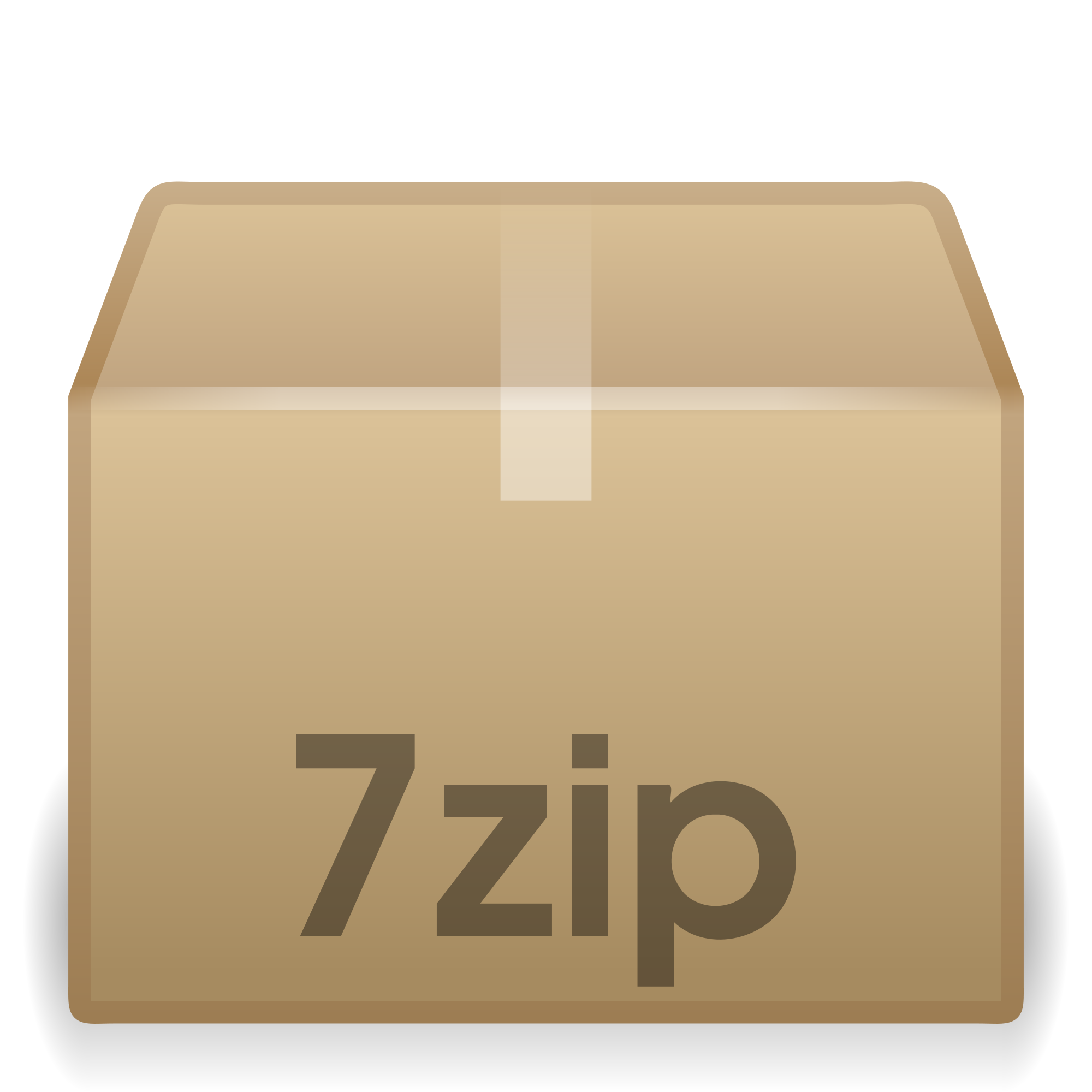Question: How do I uncompress a *.7z file ( 7zip file ) in UNIX / Linux ? Can you explain with a simple example?
Answer: Use 7za command to unzip a 7z file ( 7zip file ) on Unix platform as shown below.
Verify whether you have 7za command on your system.
Open 7z File Online
If you don't have 7za command, install p7zip package as shown below.
Install p7zip to unzip *.7z files on Fedora
Install p7zip to unzip *.7z files on Debian and Ubuntu
Uncompressing a *.7z 7zip files in Linux using 7za
Looking to unpack a bunch of files.7z via terminal. Is there a command-line tool built in, available or I shall install an application that comes with a graphical interface? Macos command-line zip compression. If you want to make a zip without those invisible Mac resource files such as 'MACOSX' or '.Filename' and.ds store files, use the '-X' option in the command so: zip -r -X archivename.zip foldertocompress TAR.GZ – Cross Platform.
- 7za – command name
- e – specifies the 7z to be extracted
- myfiles.7z – is the file that is to be extracted
Creating a 7zip compression file in Linux
Files and sub directories of myfiles/ will be added to the myfiles.7z.
- a – add to archive
- file.7z – archive file to which these files and dir from dir1 will be added to.
If you enjoyed this article, you might also like.
Next post: The Ultimate Tar Command Tutorial with 10 Practical Examples
Previous post: Bash Shell Functions Tutorial with 6 Practical Examples
Terminal
Hey
Terminal, the wonder app, can do pretty much anything. This post is going to show you how you can unzip files using Terminal. I will also show you how you can can combine commands to download and unzip files really quickly. Its really simple to complete. You may want to use Terminal since you can access extra options which you may normally be hidden away from you.
The first step is to open Terminal. Use the 'cd' command to change the directory to the location where you want to unzip the zip file. For example you can use:
cd ./Desktop
The next step is to invoke the unzip command. Type the following into Terminal. This assumes you have a zip file ready to unzip.
unzip file.zip
7z For Mac
This will unzip you file into you desktop location. If you want to change this location you can type the following.
unzip file.zip -d ~/another/folder
You can also remove all of the text that Terminal will output when you run the command by adding a modifier/option to the front of the syntax.
unzip -q file.zip
Optionally you can also add more information by adding a verbose option. This will show you all of the details of the file you unzip. Pdf expert by readdle mac.
unzip -v file.zip

You can combine this command with other command so you can download and unzip a file automatically. For example if you have wget installed you can type in Terminal.

You can combine this command with other command so you can download and unzip a file automatically. For example if you have wget installed you can type in Terminal.
cd ~/download;wget http://www.example.com/file/zip;unzip file.zip
The different commands are separated by a semi-colon (;). The previous command will change your directory to your downloads folder. It will then grab the zip file from your website and unzip the file to your location.
How To Open 7z Files
The one problem with unzip command is that it creates a an extra folder called '__MACOSX' this folder would normally be hidden as it stores extra data that you don't need to see. You can easily get rid of this by combining the delete command with the unzip command.
unzip file.zip;rm -rf __MACOSX
That will unzip the file and then delete this extra folder. You can of course combine this with the download command previously.
cd ~/download;wget http://www.example.com/file/zip;unzip file.zip;rm -rf __MACOSX
You could even take this further by moving files and folders although that would be out of the scope of this article. How quick do you reckon it would be to type that command compared to downloading a zip folder normally and then normally extracting it. You do have to type more, but it is a lot less clicking and searching in Finder.
If you want to take your skills with Terminal a bit further I recommend you check out the Terminal Category on this site. If you fancy reading a book there is a couple on Amazon that I regularly see mentioned and recommend, O'reilly Unix Geeks and Unix Under the Hood both are designed for Mac OS X and take Terminal further.
